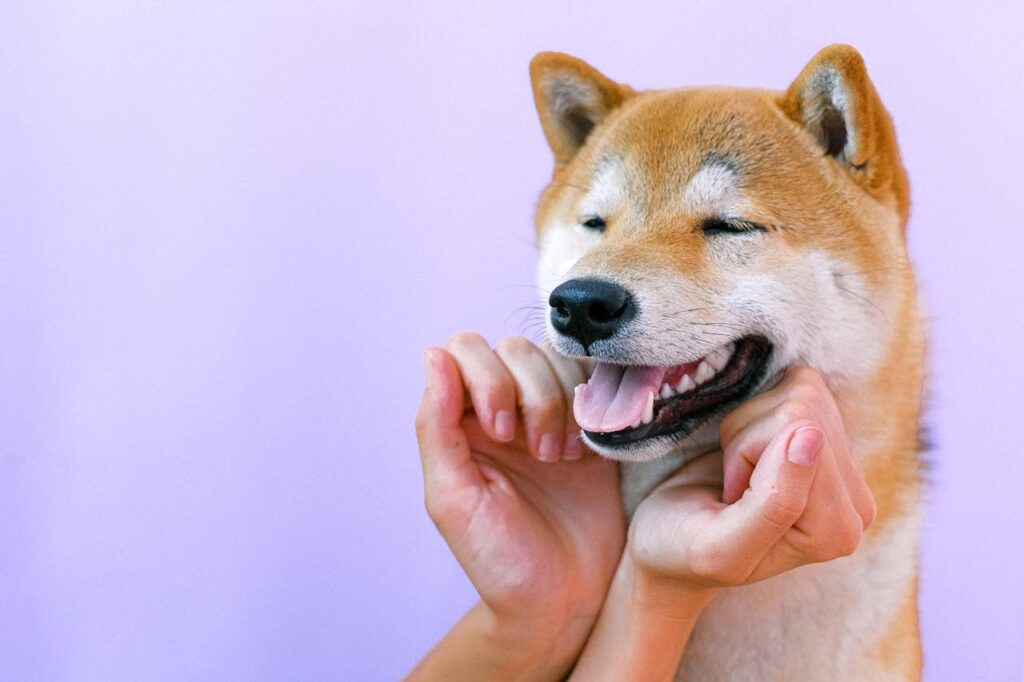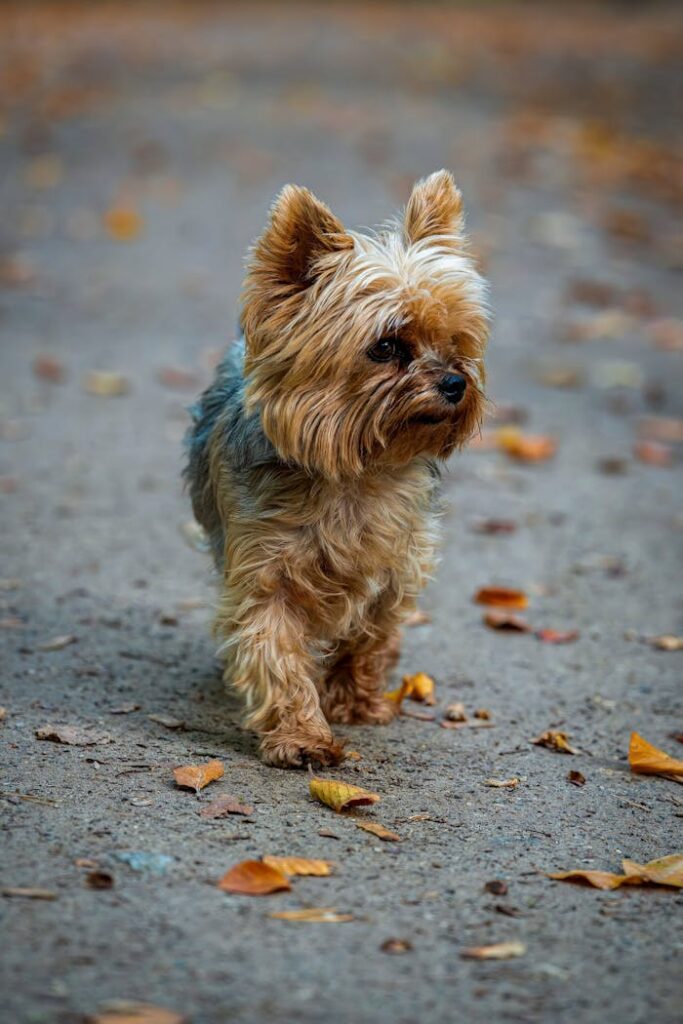Carrying fluffy toys and cats. around in cute little handbags has come more popular and “ fashionable ” in recent times. Meanwhile, our electronics and cellular phones have been getting lower and lower. The joining of these two fashions was ineluctable. It has created several new “ types ” of tykes and cats that can confuse and trick an implicit proprietor and are going plutocrat and live in the hunt of a decreasingly swish new pet.

Cats and Plants
Soft cats are 100 herbivores. still, every now and then, you may notice your kitty nibbling at your houseplants or indeed gorging up some lawn outdoors. numerous folks are quick to assume this means the cat is sick, though this isn’t inescapably the case. In fact, pussycats frequently eat a bit of vegetable matter

Grooming Your Pet
Pet fixing will involve paring, trimming, or trimming the fleece when necessary. Some canine types bear further trouncing than others. Depending on the strain, the groomer will use special scissors and clippers to remove all unwanted hair. Professional groomers have an expansive knowledge of different canine types.
How Much Wet Food Is Appropriate for My Cat?
If you’re curious about the amount of wet food to give a cat, the initial step is to manage how much food your cat can access at once. Your biggest challenge with canned cat food might be that your cat(s) enjoy wet food! Frequently, we listen to pet owners mention that their cherished companions turn into gluttons when it comes to wet food and will consume excessively beyond satisfaction. As this frequently occurs, managing portion sizes, mealtimes, and food quality are crucial elements for maintaining your cat’s health.
Refer to the chart below to determine the appropriate amount of wet food to give a cat:

Why is Grooming important for Pets?
Quality pet grooming is about more than keeping your pet looking cute and smelling good. With proper pet grooming, you can drop slipping, exclude fleas and ticks, and indeed condemn health conditions. Numerous possessors snappily learn that their faves don’t like the grooming process
Why Do Puppies Chew, Nibble, and Bite?
Dog owners may wrongly believe that their puppy bites them because it intends to be a “brat.”
Nonetheless, this is false. A biting puppy is similar to a crying baby…it’s completely natural. In reality, biting, mouthing, and chewing are all normal aspects of a puppy’s development. Dogs lack hands. Rather, they utilize their mouths to perceive and investigate their surroundings.
A puppy may show biting behavior because of:
Teething: Puppies arrive in the world without any teeth, and their initial set emerges from the gums at approximately 2 weeks of age. At 8 months, puppies ought to have all their adult teeth completely out. During these timeframes, a puppy’s mouth can feel painful and uncomfortable. To ease the pain associated with losing teeth, they chew.
Overstimulation: To a puppy, everything is just a game! A puppy that gets emotionally stimulated (by sights, sounds, and scents) will require a way to release this accumulated energy. Otherwise, their inability to control themselves may result in chewing and biting like a puppy.

How do I transport my pet abroad?
The needed documents for transnational pet transport generally include a health instrument issued by a veterinarian, evidence of vaccinations, and identification documents similar to microchip details. The specific vaccinations needed can vary depending on the destination but generally include rabies vaccination.
Utilize toys that don’t require contact.
Playing on the floor with your puppy is fun, but it can also be dangerous. Facial bites – even if unintentional – can occur in an instant.
A more appropriate option is to utilize noncontact toys such as a tug rope or frisbee. This eliminates the urge to chew on fingers, toes, ears, and hair. Moreover, it helps your dog understand the distinction between a person (who can sense) and an object (who cannot).
3. Interact with other dogs.
Friendly and vaccinated dogs will serve as the best instructors for your puppy. A mother dog will instruct her puppies on bite inhibition, and their siblings will also play a role, but it’s crucial to keep offering chances for your puppy to hone this ability once you take them home.
Joining puppy classes or planning playdates are two great strategies to deter

How do I teach my pet?
All training should be price-grounded. Giving your canine a commodity they really like- similar to food, toys, or praise-when they show a particular gesture
means that they are more likely to do it again. It is important to find out what your canine really likes and what their favorite effects are.
Utilize toys that require no physical contact.
A more effective option is to utilize noncontact toys such as a tug rope or frisbee. This eliminates the urge to bite fingers, toes, ears, and hair. Moreover, it instructs your dog to distinguish between a person (who is capable of feeling) and an object (who is not).
Sure! Please provide the text that you would like me to paraphrase. Interact with different dogs
Other friendly and vaccinated dogs will serve as excellent teachers for your puppy. A mother dog teaches her puppies about bite inhibition, as do their siblings, but it’s essential to keep offering chances for your puppy to practice this ability even once you bring them home.
Signing up for puppy classes or arranging playdates are two great suggestions to prevent

socializing your pet
Start Youthful.. Adjust your puppy dog to new sights, smells, sounds, and textures.. Gradually introduce your puppy dog to new people.. Award your puppy dog with praise and treats.. Attend puppy dog training classes.. Visit larger public places.

Summary and Illustrations
When significant official political declarations fail to secure votes, politicians frequently resort to captivating and emotionally resonant self-presentation. They provide the public with insight into their “ordinary, daily” lives via personalization and employ various tools of “new” politics to cultivate a positive self-image. They can also reveal the surprising, behind-the-scenes elements of their lives, like their relationships with their pets. The article examines four case studies from various nations (Belarus, Estonia, Slovakia, and Spain) where politicians’ mentions of their pets became a notable subject in online discussions and sparked a variety of humorous responses through memes. By examining different levels of personalization strategies used by politicians, we demonstrate that “new” and “old” politics should be viewed as the extremes of a continuum instead of a binary contrast. We also examine the content, style, and perspective of the funny internet memes shared in response to the news coverage of politicians’ pets. Our study shows that these memes serve to stimulate discussion and consequently create a multifaceted commentary on events; however, politicians must take risks associated with unconventional, revealing political communication and trust that “there’s no such thing as bad publicity.”
Conclusion
Pets are a great blessing in anyone’s life. They are the only ones who love us unconditionally. Pets always offer us everything they have without asking for anything in return. The main aim of any pet’s life is to make their owner happy.


